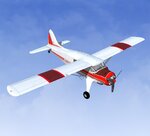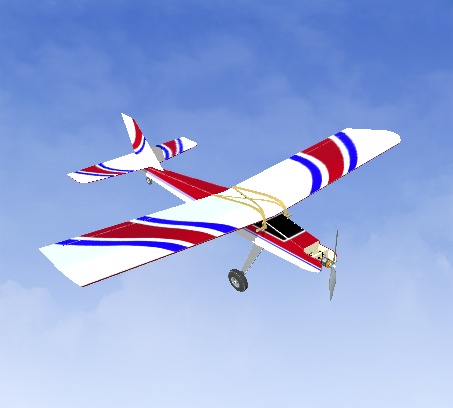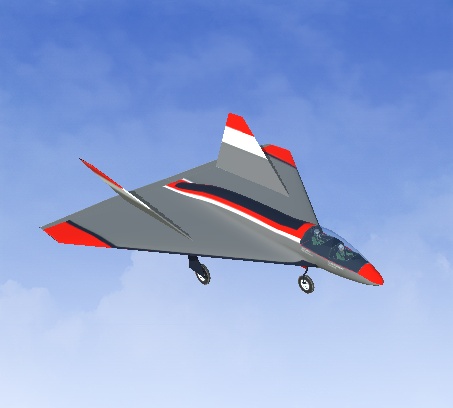The de Havilland Canada DHC-2 Beaver - the greatest single-engine 'bush' aircraft ever!
Entire books have been written about this airplane, and its many roles.
Design of the de Havilland Canada DHC-2 Beaver light transport was started in Toronto, Ontario, Canada during late 1946 as an aerial truck to operate in the Canadian bush. Powered by the Pratt & Whitney R-985 Wasp Junior supercharged 9-cylinder 450hp radial engine, it first flew on 16 August 1947, and the type was certificated in Canada during March 1948.
The U-6A is the military version of the de Havilland DHC-2. The U.S. military continues to operate two DHC-2s at the United States Naval Test Pilot School, where they are used to instruct students in the evaluation of lateral-directional flying qualities and to tow gliders.
The standard two-bladed Hamilton Standard constant speed propeller was on the noisy side, so it was often replaced in the US and Canada with a three-bladed Hartzell propeller with a smaller diameter.
A U.S. Army U-6A maintenance manual and information from a Yahoo Beaver chat room provided data for the model parameter set up.
A total of 1692 aircraft were built.
The DHC-2 Beaver was designed for short take off and landing operation (STOL).
Full flaps are 58 degrees.
To fly in STOL mode use the following flap settings:
Take Off: 35.00 degrees
Climb: 15.00 degrees
Cruise: 0.00 degrees
Landing: 50.00 degrees
Fly with the rate switch in the "high" position.
This alternate view aircraft is larger scale having a 15 foot wingspan, and like the full size airplane, is a pleasure to fly.
Entire books have been written about this airplane, and its many roles.
Design of the de Havilland Canada DHC-2 Beaver light transport was started in Toronto, Ontario, Canada during late 1946 as an aerial truck to operate in the Canadian bush. Powered by the Pratt & Whitney R-985 Wasp Junior supercharged 9-cylinder 450hp radial engine, it first flew on 16 August 1947, and the type was certificated in Canada during March 1948.
The U-6A is the military version of the de Havilland DHC-2. The U.S. military continues to operate two DHC-2s at the United States Naval Test Pilot School, where they are used to instruct students in the evaluation of lateral-directional flying qualities and to tow gliders.
The standard two-bladed Hamilton Standard constant speed propeller was on the noisy side, so it was often replaced in the US and Canada with a three-bladed Hartzell propeller with a smaller diameter.
A U.S. Army U-6A maintenance manual and information from a Yahoo Beaver chat room provided data for the model parameter set up.
A total of 1692 aircraft were built.
The DHC-2 Beaver was designed for short take off and landing operation (STOL).
Full flaps are 58 degrees.
To fly in STOL mode use the following flap settings:
Take Off: 35.00 degrees
Climb: 15.00 degrees
Cruise: 0.00 degrees
Landing: 50.00 degrees
Fly with the rate switch in the "high" position.
This alternate view aircraft is larger scale having a 15 foot wingspan, and like the full size airplane, is a pleasure to fly.







